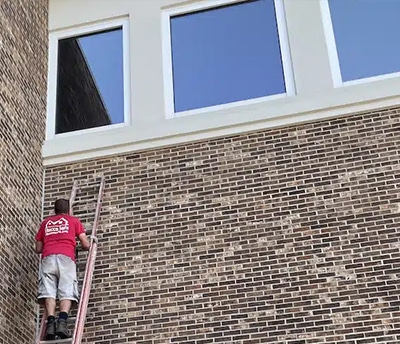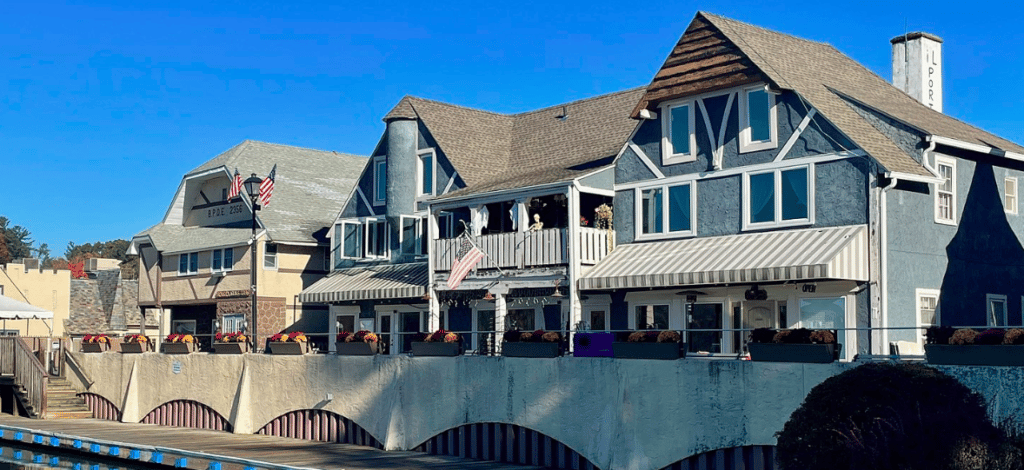How Often Should Stucco Be Inspected?
Stucco only needs to be invasively inspected as soon as you realize it has never been inspected before and prior to any transaction. It should be visually inspected every couple of years.
Stucco, as a prominent component of a house’s exterior, requires regular inspections to ensure it maintains its aesthetic appeal and structural integrity. As such, many homeowners often ask, “how often should stucco be inspected?” Generally speaking, the frequency of a stucco inspection will depend on several factors such as age, quality of initial stucco application, climate, and the stucco’s general condition. However, a professional visual stucco inspection is typically recommended at least once every two to three years.
Visual Inspection and Invasive Inspection
There are two main types of stucco inspections: visual inspection and invasive inspection.
Visual Inspection
A visual inspection is the first step in assessing the condition of exterior stucco. This type of inspection involves a thorough examination of the stucco siding for visible defects like cracks, improperly installed contraction joints, or signs of moisture. An inspector will usually look at the condition of caulk joints. Painting over stucco is a common practice for homeowners, but if the paint is peeling or bubbling, this can indicate moisture problems.

Mold can also grow on painted surfaces where moisture is present. In these cases, the visual inspection can guide the need for more invasive inspection methods or immediate stucco repair. A visual inspection should occur every two to three years on a stucco home.

Invasive Inspection
An invasive inspection involves more detailed examination methods, such as using a moisture probe to measure the moisture level within the walls. This type of stucco inspection can detect underlying issues not visible on the surface, like underlying wood damage caused by moisture. A professional invasive stucco inspection will evaluate the condition of the stucco siding, taking moisture readings to determine the moisture content within the underlying surfaces.
Stucco inspection services often recommend invasive inspections for older homes or homes built using stucco applications known to have common defects. While the process might involve drilling small holes in the stucco siding to take moisture readings, these holes are typically small and easily repaired. An invasive inspection only needs to occur once if you’ve never had one and once before selling or buying a property.
Why a Regular Stucco Inspection is Crucial
Regular visual stucco inspections provide an opportunity to identify and address any potential problems before they escalate into major structural damages. It’s important to note that when stucco siding is improperly installed, it can result in moisture buildup, leading to issues like mold spots and underlying damage to the building’s sheathing.
Common signs of potential issues identified during stucco inspections include hairline cracks, surface cracking, and diagonal cracks, which can compromise the entire wall if left untreated. These cracks can allow moisture to penetrate, leading to damage of the drainage plane. Stucco repairs can become costly repairs if these issues are not promptly addressed.

The Role of Professional Stucco Inspections
Stucco inspections should always be conducted by a professional with experience in assessing stucco siding, such as Stucco Safe. We have the knowledge and tools to perform both visual and invasive inspections accurately. Additionally, a professional stucco inspection by Stucco Safe will provide detailed reports outlining potential issues and necessary stucco repairs, which can help homeowners in their maintenance and remediation plans.
While stucco inspections come at a cost, it’s a worthwhile investment to protect your property. Unattended exterior stucco can lead to costly repairs in the future, with potential damage to structural components of the building, such as wood sheathing, and potential health risks associated with mold growth.
Regular inspection of your stucco siding is a critical aspect of home maintenance. Ensure you contact Stucco Safe to professionally inspect your stucco, thereby guaranteeing the protection of your investment.

